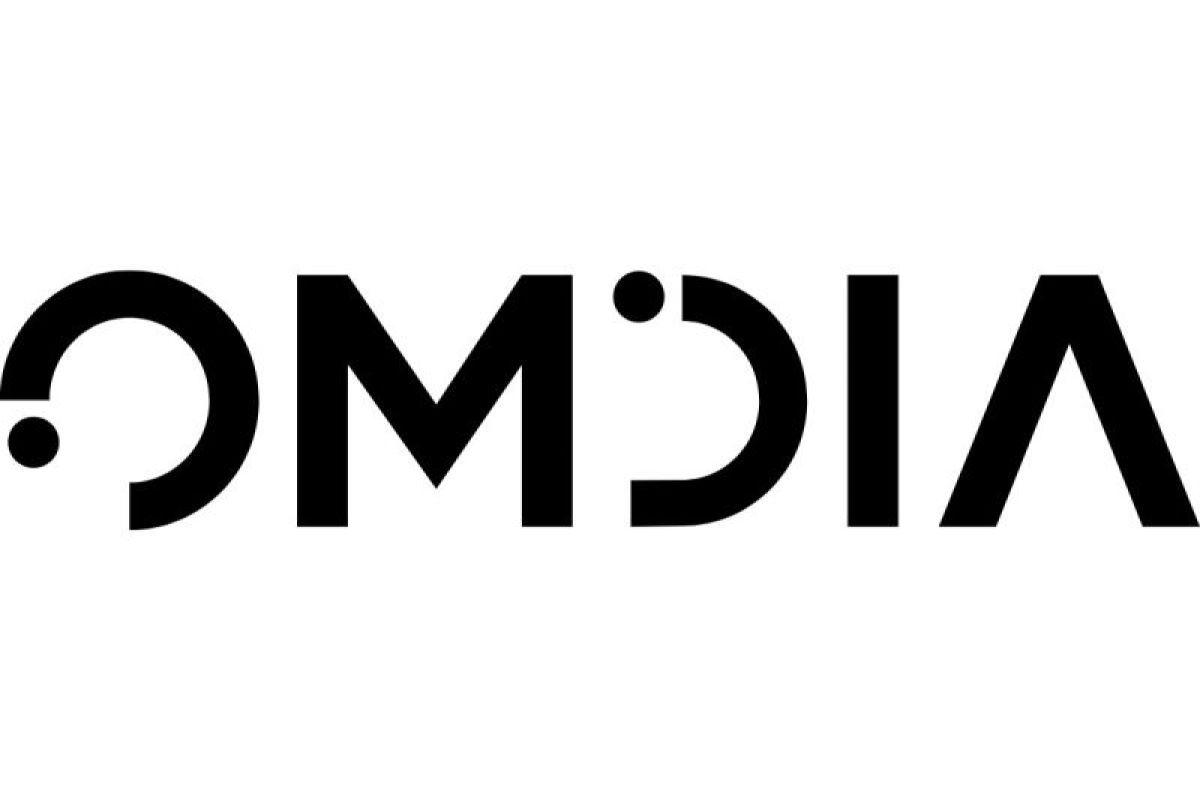Since Google demonstrated RT-1, a transformer for robotics applications, in 2022, multiple players have demonstrated substantial efforts to democratize the adoption of GenAI in robots. Apart from Google, companies like Meta, OpenAI, and Toyota are trialing or testing a myriad of foundation models in their robotics applications. Service robot vendors from China, such as CloudMinds and OrionStar, have developed their own foundation models with plans to integrate them with client software systems.
However, GenAI is resource intensive. In most industries, GenAI deployments occur in the cloud as the models need large graphics processing unit (GPU) clusters for training and inference. Conversely, robots favor local processing, often engaging in mission and business-critical applications that prioritize real-time control and ultra-low latency responses. "While GPUs from NVIDIA remain the preferred AI chipset architecture for cloud infrastructure and robots, non-GPU vendors like Qualcomm, Intel, and AMD have launched AI systems-on-chip (SoCs) or dedicated AI chipsets targeted at on-device robotics applications, such as machine vision, navigation and mapping, and functional safety," comments Lian Jye Su, Chief Analyst, Applied Intelligence at Omdia.
Another exciting development arising from the democratization of GenAI is the surge in the popularity of humanoid robots. As the type of robot closest to the human form factor, it is unsurprising that many technology roboticists believe integrating human-like GenAI and humanoid robots is harmonious. During this wave, companies such as Agility Robotics, Boston Dynamics, Figure, Fourier Intelligence, Tesla, and UBTech have unveiled various humanoid robots for the industrial and service sectors. However, the technology is still in its infancy and a large-scale rollout is unlikely in the next five years. Automated Guided Vehicle (AGV) and Autonomous Mobile Robot (AMR) remain the more mature form factors for GenAI enablement.
"Instead of focusing on the hype, the industry should concentrate on getting the data and the technology foundation right. For robotics vendors, it is about expanding low-power GenAI capabilities in robots through various model optimization techniques, emphasizing real-time control and performance, and embracing the convergence of computing and connectivity. As for robotics users, developing domain-specific GenAI models and intense scrutiny around ethics, security, safety, and performance will significantly help democratize the adoption of GenAI-enabled robots," concludes Su.
ABOUT OMDIA
Omdia, part of Informa Tech, is a technology research and advisory group. Our deep knowledge of tech markets combined with our actionable insights empower organizations to make smart growth decisions.
Fasiha Khan Fasiha.khan@omdia.com
Source: Omdia
Reporter: PR Wire
Editor: PR Wire
Copyright © ANTARA 2024












